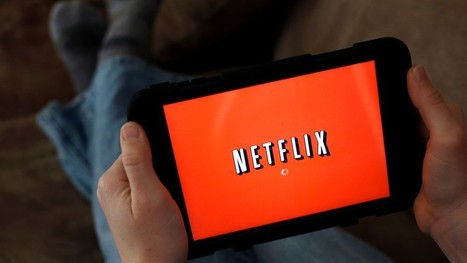Netflix now supports the AV1 video codec in its Android app, which it says is 20 percent more efficient than the VP9 codec it currently uses. The codec can be enabled now for "selected titles" by selecting the app’s "Save Data" option.
Research and publish the best content.
Get Started for FREE
Sign up with Facebook Sign up with X
I don't have a Facebook or a X account
Already have an account: Login
Exploring the digital imaging chain from sensors to brains
Curated by
Philippe J DEWOST
 Your new post is loading... Your new post is loading...
 Your new post is loading... Your new post is loading...
|

Philippe J DEWOST's curator insight,
October 5, 2018 2:50 AM
Seems that Netflix's encoding process is up to 3 times more efficient than competition, without apparently consumers noticing. Are they using NG-Codec ? 
Epic Heroes's curator insight,
October 5, 2018 7:18 AM
Netflix consumes 15 percent of the world’s internet traffic |














20% efficiency has a huge impact on (streaming) costs and bottom line.
It also has a huge impact on the Internet as Netflix represents 15% of its global bandwidth...